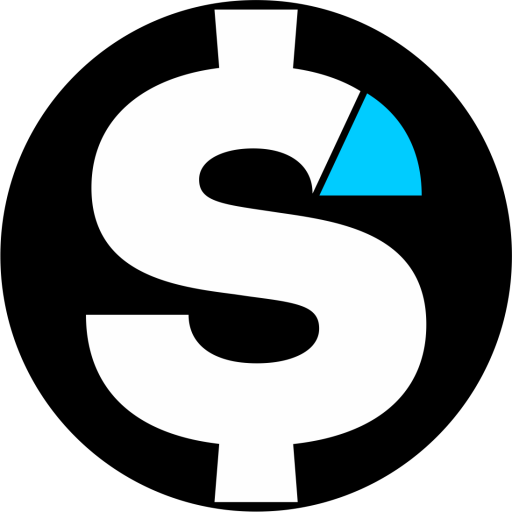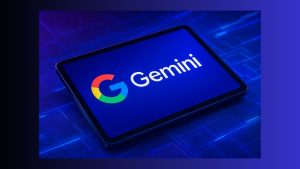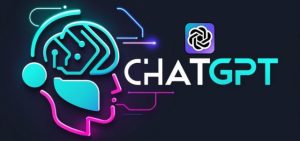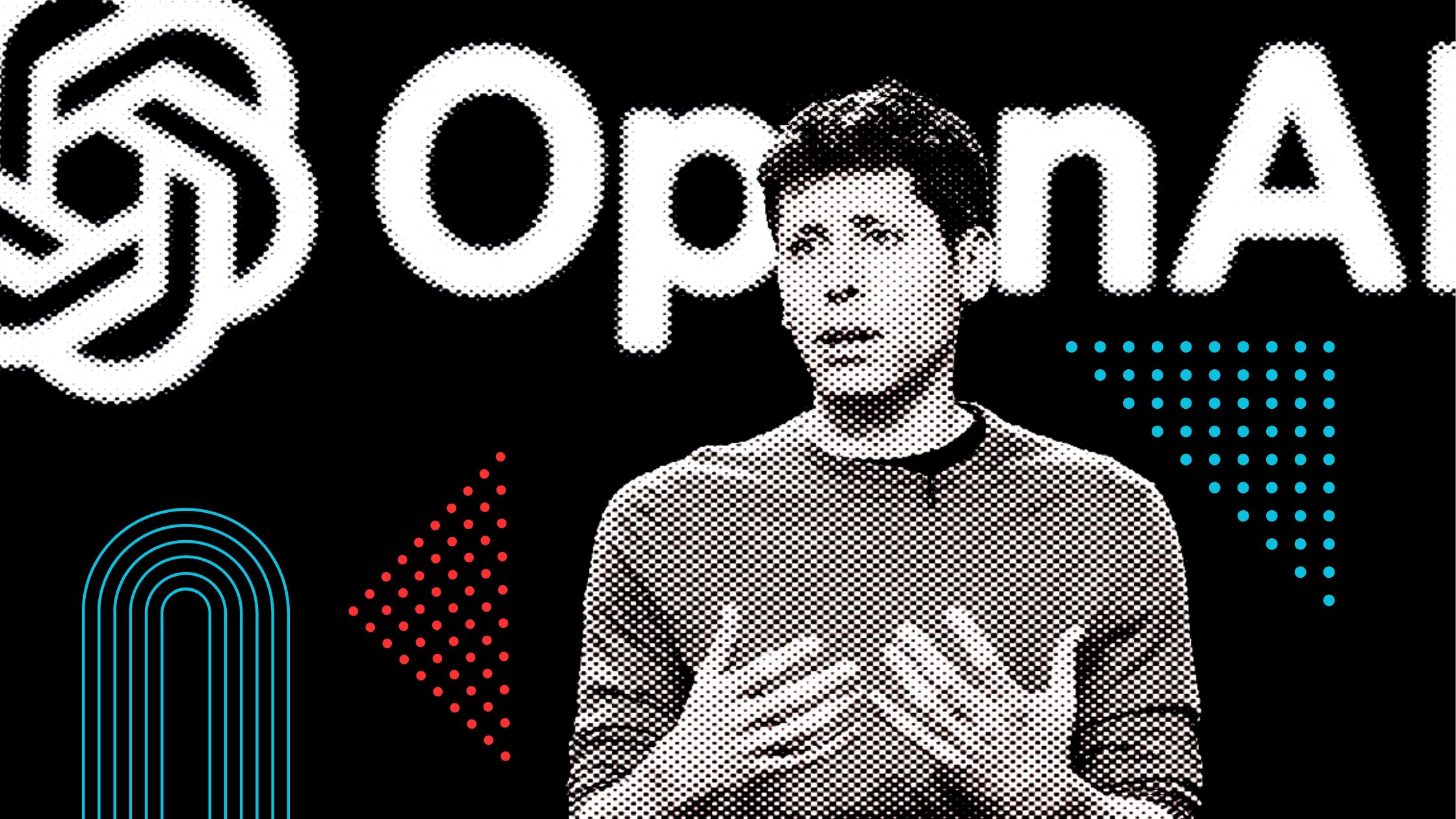How Students Are Using ChatGPT to Earn Extra Cash—and How You Can Do It Too
 Image: Muhammad Bin Nawaz // Unsplash
Image: Muhammad Bin Nawaz // Unsplash
Picture this: it’s 2 a.m. Your roommate is asleep. But you’re worried about deadlines, rent payments, and the feeling that you’ll never get ahead working the same $12-an-hour shift at the campus cafe.
You open your laptop out of habit and start reading about people who somehow manage to make money online. A few scrolls later, you stumble onto a story about a marketing major who earns $2,000 a month helping small businesses write blog posts, with an AI assistant doing most of the heavy lifting.
It sounds almost too good to be true, but here’s the thing: it’s not hype. Thousands of students are quietly replacing part-time jobs with a smarter, faster way to earn using tools like ChatGPT.
ChatGPT isn’t magic. It won’t turn you into an overnight millionaire. But if you learn how to use it well, you can free yourself from the grind of hourly wages. You can build income streams that pay you for your creativity, consistency, and willingness to learn.
That’s what this guide is about. Not vague ideas, but real examples of students leveraging AI to earn extra cash, grow their skills, and build freedom into their lives without waiting until graduation.
What Makes ChatGPT Such a Powerful Money-Making Tool?
At its simplest, ChatGPT is an advanced text generator. But calling it that undersells what it can do. This tool can help you think faster, write better, and produce work that usually requires a whole team.
Imagine the edge this gives you as a student freelancer. Instead of spending four hours researching an article, you can prompt ChatGPT to create an outline in minutes, suggest subtopics you hadn’t considered, and even draft a rough version.
Where most people see AI as a threat to jobs, savvy students recognize that it’s a powerful multiplier. You bring your unique perspective—your understanding of what clients need, your ability to polish ideas into something credible and trustworthy—and ChatGPT fills in the gaps, accelerates your process, and expands your capacity.
The other reason this approach works so well is that you can start with almost no investment. You don’t need expensive software, training programs, or a huge online following. You just need a computer, an internet connection, and a willingness to figure things out as you go.
The Most Popular Ways Students Are Using ChatGPT to Earn Extra Cash
Across campuses and coworking spaces, students are quietly tapping into ChatGPT to build income streams that feel surprisingly accessible.
One of the most common paths is freelance writing, where students use ChatGPT to help them draft content faster. For example, most biology students in Canada offer blog-writing services to health startups. They would begin by prompting ChatGPT for research summaries, then refine the output into polished posts that sounded professional. They landed their first retainer client within a month and were soon earning over $1,000 a month writing part-time.
Others are creating digital products they can sell repeatedly. Take the case of a computer science student who built a library of coding cheat sheets and templates. He used ChatGPT to help explain tricky concepts in plain language and packaged everything into a clean, downloadable guide. Within six weeks of listing it on Gumroad, he’d sold more than 150 copies.
Then there are students offering editing services. International students, in particular, often need help polishing essays and scholarship applications. With ChatGPT’s assistance, student editors can quickly identify grammar mistakes, rephrase awkward sentences, and improve clarity. Most students nowadays build their editing side hustle almost entirely through referrals, eventually earning enough to cover their rent each month.
Another emerging path is social media content creation. Small businesses are desperate to maintain a presence on Instagram, TikTok, and LinkedIn, but many don’t have the time or budget to hire an agency. Students are stepping in as affordable content partners, using ChatGPT to brainstorm caption ideas, draft posts, and plan monthly content calendars.
Lastly, there’s AI tutoring, where students teach local business owners or freelancers how to use ChatGPT effectively. Some marketing students do create a simple 90-minute workshop and charge $99 per seat. Within two months, they’d trained over 40 clients.
These examples show that you don’t need to be a coder or a designer to make ChatGPT part of your income strategy. The only prerequisites are curiosity and the discipline to follow through.
How Much Money Can You Actually Make?
The earnings potential depends on how you position yourself and how consistently you work. Small gigs, like proofreading essays or writing product descriptions, often start at $20 to $50 per project. But if you commit to building a client base, it’s not uncommon to cross the $1,000 to $2,500 monthly threshold in your first year.
Students who create scalable products, like templates or guides, sometimes generate a few hundred dollars in passive income each month after launching just a handful of resources. Those who mix freelance services with digital products can achieve more stable earnings that don’t rely on a single client or platform.
Some students treat ChatGPT as a side hustle that supplements their scholarships or part-time jobs. Others scale up and replace traditional work entirely. The point isn’t to compare yourself to the biggest success stories but to recognize that even a few hundred dollars a month can transform your budget and reduce stress.
Real Student Stories to Inspire You
On Medium, software engineering student “Mireya P” shared how they leveraged ChatGPT to jump-start their SaaS project. Instead of writing every line of boilerplate code, they used ChatGPT to accelerate development, handling functions like user authentication, dashboard set-up, and API responses. Within days, the basic MVP was ready, cutting weeks (or months) off the project timeline. Though still in progress, the student reports real traction from beta users and strong early interest—testament to how ChatGPT can convert ideas into revenue-generating code quickly, “without getting stuck on repetitive work”.
This example shows how students don’t need to be full-stack experts to create viable products. With ChatGPT as their co-developer, they can focus on unique features and user experience, while letting AI handle the groundwork.
Consider Wifi Mochi, who was stuck in a low-paying 9-to-5 that left her drained and broke. Hitting rock bottom pushed her to try vibe coding—building her projects at night with no big plan, just determination. After a few failures, she created a crypto-reward fitness tracker and pitched it to a startup, landing $5,000 upfront. That moment proved she didn’t need permission to succeed. By trusting her instincts and shipping fast, she turned small experiments into real income and momentum.
Why These Stories Matter
Both stories share a common thread: ChatGPT isn’t just a helper; it’s a multiplier. Students tapped AI to compress development timelines, enhance creative freedom, and move from idea to execution faster.
That’s the real power here: AI tools aren’t taking over—you are. By using AI to handle repetitive tasks, students reclaimed time, boosted confidence, and built tangible projects that hold real-world value.
These use cases aren’t theoretical. They’re proven pathways you can follow, too. If you’ve ever felt stuck on a project or short on time, this is your reminder that momentum matters more than perfection.
Why This Approach Works—Even If You’re Not an Expert
Most side hustles rely purely on your time. If you have more clients, you have to spend more hours working. But using ChatGPT changes that equation.
Instead of trading hours for dollars, you’re blending your unique skills—understanding what clients care about, shaping ideas, refining tone—with an AI partner that does the repetitive parts for you.
This doesn’t mean you can skip learning the craft. Clients still expect thoughtful, credible work. But ChatGPT makes it possible to deliver quality faster, which frees you to take on more projects, experiment with new ideas, or simply enjoy having more free time.
Students who embrace this mindset don’t see AI as a shortcut—they see it as an accelerator. You bring the creativity and discernment. ChatGPT helps you scale your effort.
How to Get Started Without Overthinking
The hardest part of any new venture is starting. Instead of waiting for the perfect idea or the perfect day, pick one service or product you feel excited about.
Set up basic tools like Gumroad for selling downloads or Fiverr for offering services. Draft a simple offer that focuses on one clear outcome, like writing five social posts or editing a cover letter.
Use ChatGPT to help you brainstorm, outline, and polish. But always take time to review and improve the final work yourself.
When you’re ready, share your offer publicly. Tell your classmates. Post in Facebook groups. Message local businesses. The first sale might take time, but once you land it, your confidence will skyrocket.
Feedback will teach you faster than any course or YouTube video. Each project you complete becomes proof that you can deliver results.
Resources to Help You Succeed
Here are a few reliable platforms and tools that make it easier to get started:
Gumroad for selling digital products
Fiverr or Upwork for freelance gigs
Notion for organizing your projects and ideas
Canva for making visuals and templates
LinkedIn for building credibility and finding clients
Final Word: This Is Just the Beginning
ChatGPT won’t magically solve every financial challenge, but it can be a launchpad. If you commit to learning, experimenting, and iterating, you’ll discover that the skills you build today compound over time.
Your next step is simple: pick one idea, set a deadline, and see what happens when you trust yourself enough to start.













